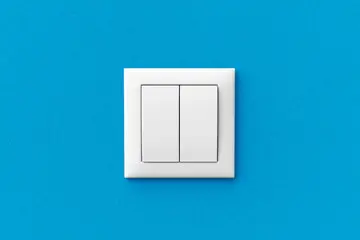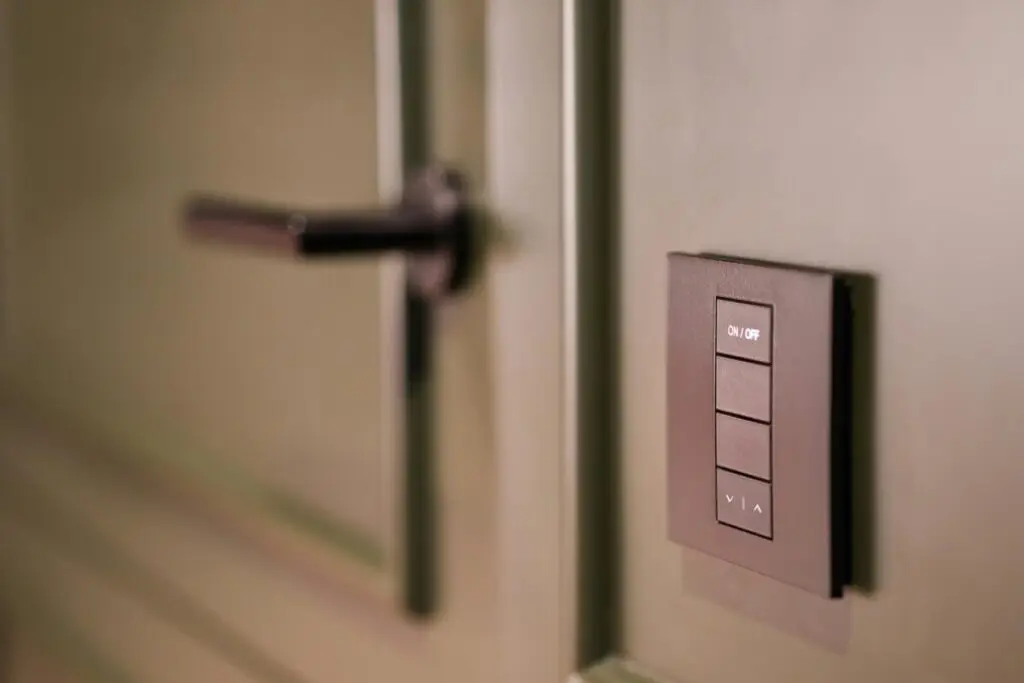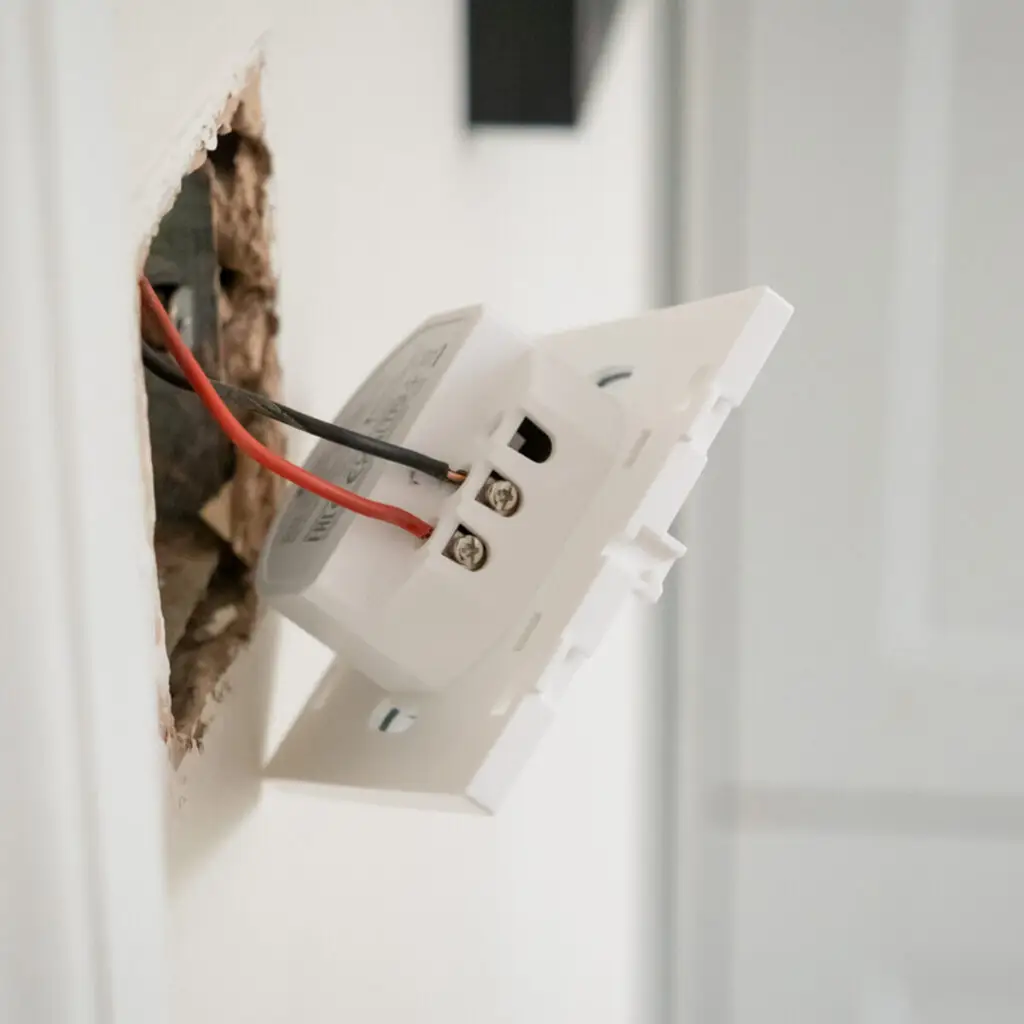Introduction
Light switches play a crucial role in modern electrical systems, providing control over lighting in residential, commercial, and industrial spaces. Understanding the various types of light switches available helps homeowners, electricians, and contractors choose the best solutions for functionality, efficiency, and aesthetics. This blog explores different types of light switches, their applications, and key considerations when selecting the right switch for specific needs.
Single-Pole Switches
A single-pole switch is the most common type, typically used to control a light or fixture from a single location.
- Operation: On/off function with a simple toggle or rocker mechanism.
- Applications: Residential rooms, hallways, and office spaces.
- Installation Considerations: Requires two terminals, one for incoming power and one for outgoing load.
Three-Way and Four-Way Switches
Three-way switches allow control of a single fixture from two locations, commonly used in staircases and large rooms. Four-way switches extend this functionality, enabling control from three or more locations.
- Applications: Hallways, staircases, and open-concept living spaces.
- Installation Considerations: Requires additional traveler wires for multi-location control.
Dimmer Switches
A dimmer switch provides adjustable brightness levels, enhancing ambiance and improving energy efficiency.
- Types of dimmers:
- Rotary dimmers
- Slide dimmers
- Smart dimmers (Wi-Fi or Bluetooth-enabled)
- Applications: Living rooms, dining areas, offices, and entertainment spaces.
- Compatibility Considerations: Must match the bulb type (LED, CFL, incandescent) for proper functionality.
Smart Switches
Smart light switches integrate with home automation systems, allowing remote control via smartphone apps or voice assistants like Alexa, Google Assistant, and Siri.
- Features:
- Wireless connectivity (Wi-Fi, Zigbee, Z-Wave)
- Scheduling and automation settings
- Energy monitoring capabilities
- Applications: Smart homes, commercial buildings, and security lighting systems.
Motion Sensor and Occupancy Switches
Motion-activated switches automatically turn lights on and off based on movement detection, improving convenience and energy savings.
- Types:
- Occupancy sensors: Automatically turn lights on when someone enters a room and off after a set time.
- Vacancy sensors: Require manual activation but turn off automatically when no motion is detected.
- Applications: Bathrooms, garages, hallways, and offices.
- Energy Savings: Helps reduce unnecessary energy consumption in low-traffic areas.
Conclusion
Selecting the right light switch depends on the specific application, energy efficiency goals, and desired level of control. Whether upgrading to smart switches, improving convenience with motion sensors, or enhancing aesthetics with dimmers, understanding these options ensures optimal lighting control for any space.


